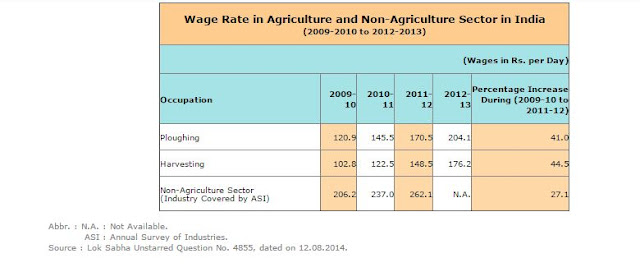Coalition vs. Single Party Rule: Why India Thrives on Power Sharing
The debate surrounding whether coalition or single-party governments are more conducive to economic growth is significant, particularly in a diverse country like India where regional interests and political diversity hold sway. Examining the performance of both types of governments through the lens of economic growth, as indicated by GDP and per capita GDP growth rates, provides valuable insights into their respective effectiveness.
General Trends in Seat Share and Growth Rates:
The correlation between the seat share of the largest party in the Lok Sabha and economic growth rates reveals intriguing patterns. Notably, as the dominance of a single party increases, there tends to be a decline in both GDP and per capita GDP growth rates. This suggests that when power is concentrated in one party, economic growth may suffer. Conversely, optimal growth rates are observed when the largest party’s seat share falls within the range of 20% to 40%, typically associated with coalition governments. This suggests that collaborative policymaking, often necessitated by coalition dynamics, can lead to more balanced economic policies and potentially higher growth rates.
A comparative analysis of economic growth rates between coalition and single-party governments underscores the potential advantages of coalition governance. On average, coalition governments tend to achieve higher growth rates irrespective of the governing party. This could be attributed to the need for coalition governments to accommodate a wider range of interests, fostering a conducive environment for economic activities.
Decisive Actions by Coalition Governments:
While it's often argued that coalition governments struggle to make decisive decisions, historical examples refute this notion. Instances such as the economic liberalization under PV Narasimha Rao, the nuclear tests and education initiatives spearheaded by Atal Bihari Vajpayee, and the landmark civil nuclear agreement negotiated during Manmohan Singh's tenure demonstrate the capacity of coalition governments to enact significant reforms and drive impactful change. These examples underscore the effectiveness of coalition governance in driving transformative policies, challenging the perception of their inability to take strong decisions. Additionally, the successful outcome of the Kargil conflict, fought and won under a coalition government, serves as a testament to the efficacy of such governance structures in handling national security challenges. Despite the inherent complexities of coalition dynamics, the government demonstrated unity and resolve in coordinating military efforts, highlighting its capability to make tough decisions and navigate critical situations effectively.
Stability and Representation:
While coalition governments offer advantages in decision-making and representation, their potential instability is a valid concern. Premature dissolution before completing a full term has been observed in the past. However, despite this risk, coalition governments mitigate disproportionality and ensure fair representation, particularly through the inclusion of regional parties. This balanced representation enhances the overall governance framework, despite potential challenges.
The link between government structure and economic growth in India is complex. While single-party dominance might seem ideal for swift decision-making, historical data suggests it can correlate with lower growth rates. Conversely, coalition governments, often seen as less decisive, have presided over periods of strong economic performance. This highlights the potential benefit of their collaborative approach, fostering policies that cater to a wider range of interests and promoting economic activity. Coalition governments have also proven capable of taking decisive action, enacting major reforms and navigating national security challenges. However, their stability remains a concern, with the possibility of premature dissolution. Despite this drawback, coalition structures promote fairer representation, particularly for regional interests, strengthening the overall governance framework. Ultimately, the effectiveness of a government, whether single-party or coalition, likely hinges on its leadership and ability to navigate the specific challenges of a diverse nation like India.







टिप्पण्या
टिप्पणी पोस्ट करा